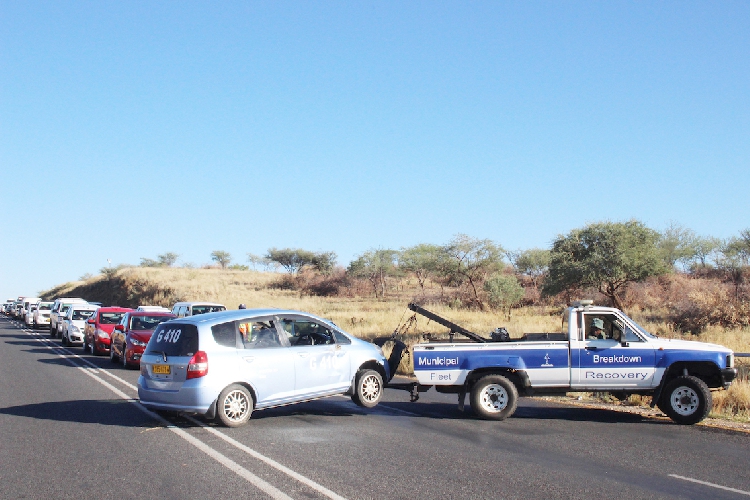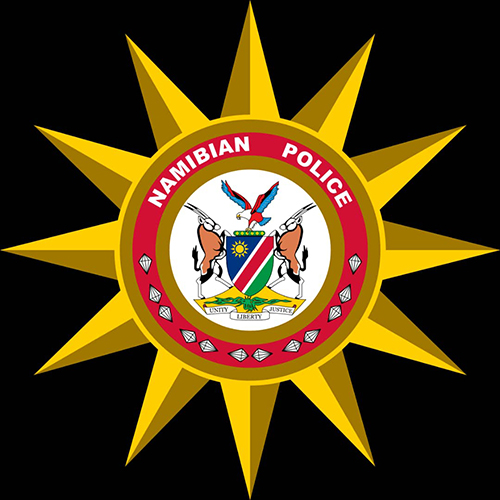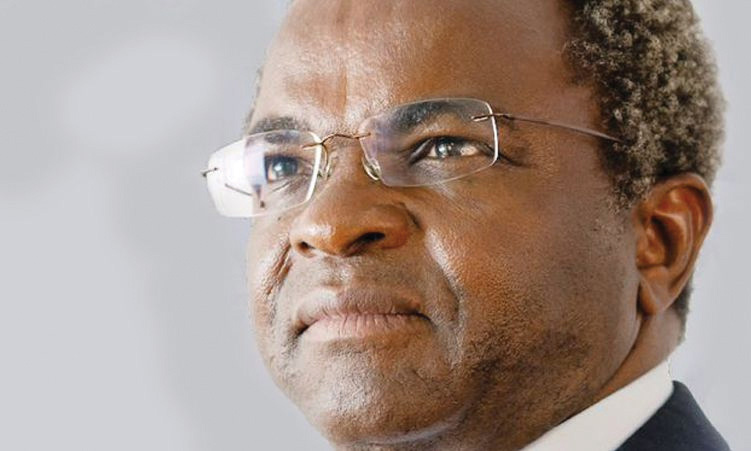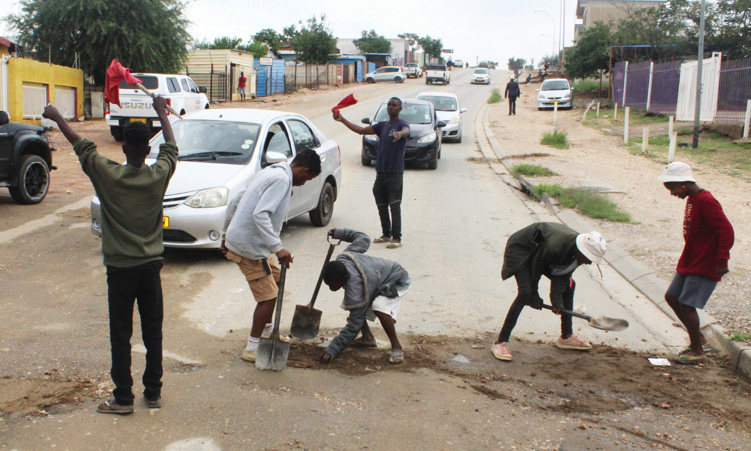A country complete with beautiful scenery and lovely roads connecting the various landscapes, Namibia is mostly known for something a little more sinister.
Every other week, year in, year out, we see headlines of gruesome accidents claiming multiple lives, and seriously injuring many more.
This is the reality we face every day, and especially whenever the roads are busy, Namibians live in fear of losing their lives or their loved ones.
The stories speak the reality of
Namibia’s deadly roads.
Last week, the Namibian Press Agency (Nampa) reported about an accident that occurred between Okahandja and Otjiwarongo on the B1 road in which only five of 15 deceased persons have been identified as of Sunday.
The accident occurred when an Iveco bus and a small bakkie collided, leaving another 14 people with injuries.
As if that wasn’t bad enough, on 3 May, a headline in The Namibian read ‘Road carnage worsens’. Ndapewoshali Shapwanale reported that over the first long weekend in May, road fatalities increased to 32 this year in comparison to the 13 of last year.
“The statistics cover the period from 28 April to 1 May. While it was reported yesterday that 22 people died on the roads between 28 April to 1 May midday, the number has grown to 32 with 10 more deaths reported in the final hours of Monday,” the article stated.
The statistics show that 77 crashes and 207 injuries were recorded this year compared to 78 crashes and 125 injuries last year and the crashes decreased by one, while 19 more deaths have been recorded in 2017.
Khomas region recorded 22 crashes compared to Otjozondjupa’s eight. Otjozonjupa recorded 17 deaths compared to two in Khomas.
“The 17 deaths for the region is also a sharp increase from the one death recorded last year at this time. However, the rise can be ascribed to the mass casualty which took place on Sunday afternoon and in which 15 people were killed. Erongo recorded a decrease in crashes and deaths from nine and one to three crashes and no deaths. Police said //Karas and Omaheke reported three deaths each while Oshikoto reported four. Oshana, Omusati and Kunene recorded no deaths over the May Day weekend this year,” the article further stated.
Just three days later, it was reported that five people were killed and three others injured in a head-on collision on the Oshakati/Omungwelume main road. Both occupants of a VW Polo and three in a Toyota sedan including the driver died at the scene. However, the road is not only a dangerous place for those in vehicles. Last month, a woman on her way to visit her spouse at Walvis Bay was hit by a vehicle near Long Beach and died on the spot.
Easter weekend, a highly celebrated time in the country, is infamous for its death tally on our roads. This year the roads claimed the lives of nine people, while another 147 suffered injuries.
The nine fatalities recorded this year are two less than last year for the same period. The 147 accidents also outnumber last year’s figures considerably which were 114. A report released by the Motor Vehicle Accident (MVA) fund indicated that the death rate represented a large decline from that recorded in 2015. The deaths recorded for the same period two years ago were 25 in 81 crashes.
Chief inspector Polly Sem of the traffic unit attributed these accidents to the attitudes of some drivers. “I’ll say the behaviour and manners of some of our drivers contribute too much to our road accidents, as well as reckless driving,” he said. “Once our people realise that their behaviour and manners can change and that drunk driving also contributes, we will see a change in accidents,” he added.
The inspector went on to mention that ignorance also plays a factor. Some drivers do not understand and pay attention to road signs, and this type of mentality also needs to be addressed, he said. “There are people who are law-abiding citizens, who comply with traffic rules, but then there are also those who do not want to comply. If you are driving well, other people can be the problem. Sometimes those who comply are forced off the road,” he said.
Senior manager of accident and injury prevention at MVA Sidney Boois said the causes behind the high number of crashes in the country is yet to be determined, however he mentioned various underlying factors that contribute to the problem.
He mentioned that the types of accidents that happen can give a hint to what was behind it. Boois said that the two most common types of crashes are roll-overs and head-on collisions. Dealing with roll-overs, he said that impaired driving caused by fatigue, drunk driving and speed could be the culprits. “Underlying factors such as speed reduces the driver’s ability,” Boois said.
Head-on collisions could be the result of negligent driving, dangerous overtaking and speeding, Boois mentioned, while adding that ignorance is another underlying factor. “General ignorance of road rules, bad habits and bad decisions. These are decisions and choices that we make that result in crashes. Driver competence becomes questionable. How do we know the drivers we are putting on the roads are competent?”
Boois went on to say that information deficit is another big role player in the country’s dire situation. “Are there dormant players regarding road safety?” Boois went on to question how prevalent road safety is at work, different institutions and at schools. “Information is likely to influence positive behaviour,” Boois concluded.
The MVA fund urges Namibians to have safe journeys when travelling on the national roads. “Your safety is your responsibility,” their website states.
They offer the following tips in addition:
• Always carry your driver’s license with you.
• Make sure that your vehicle is in a roadworthy condition before embarking on a trip. Check that all the lights, indicators, windscreen wipers, brakes and tyres are in a good working condition.
• Seatbelts help prevent severe injuries in case of a crash. Ensure that you and everyone in the car is wearing a seatbelt.
• If you are going to drink, do not drive, rather use a designated driver or taxi.
• Always be alert about pedestrians alongside the road.
• Be visible, always drive with your lights on, even during the day.
Stay informed with The Namibian – your source for credible journalism. Get in-depth reporting and opinions for
only N$85 a month. Invest in journalism, invest in democracy –
Subscribe Now!










